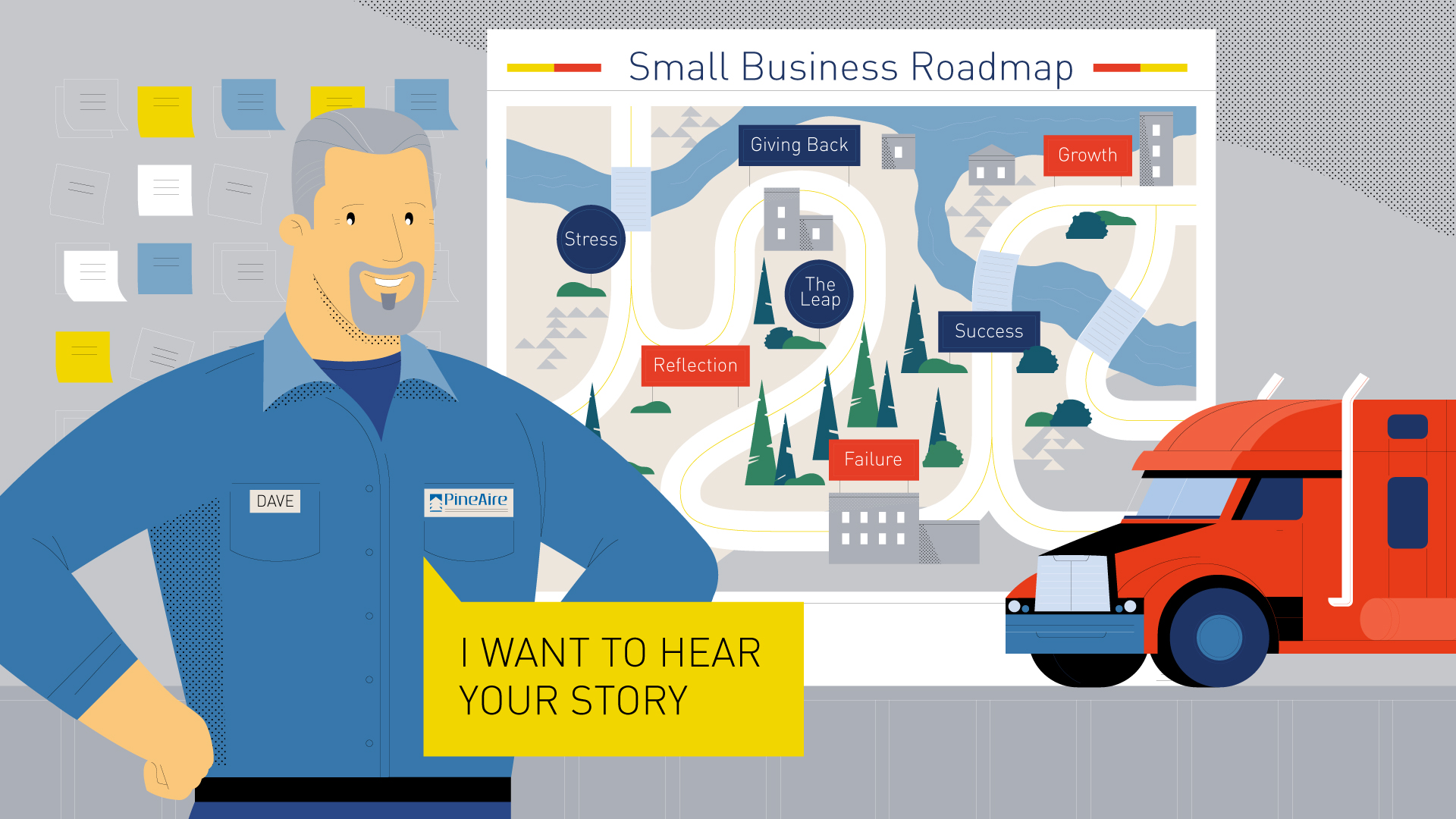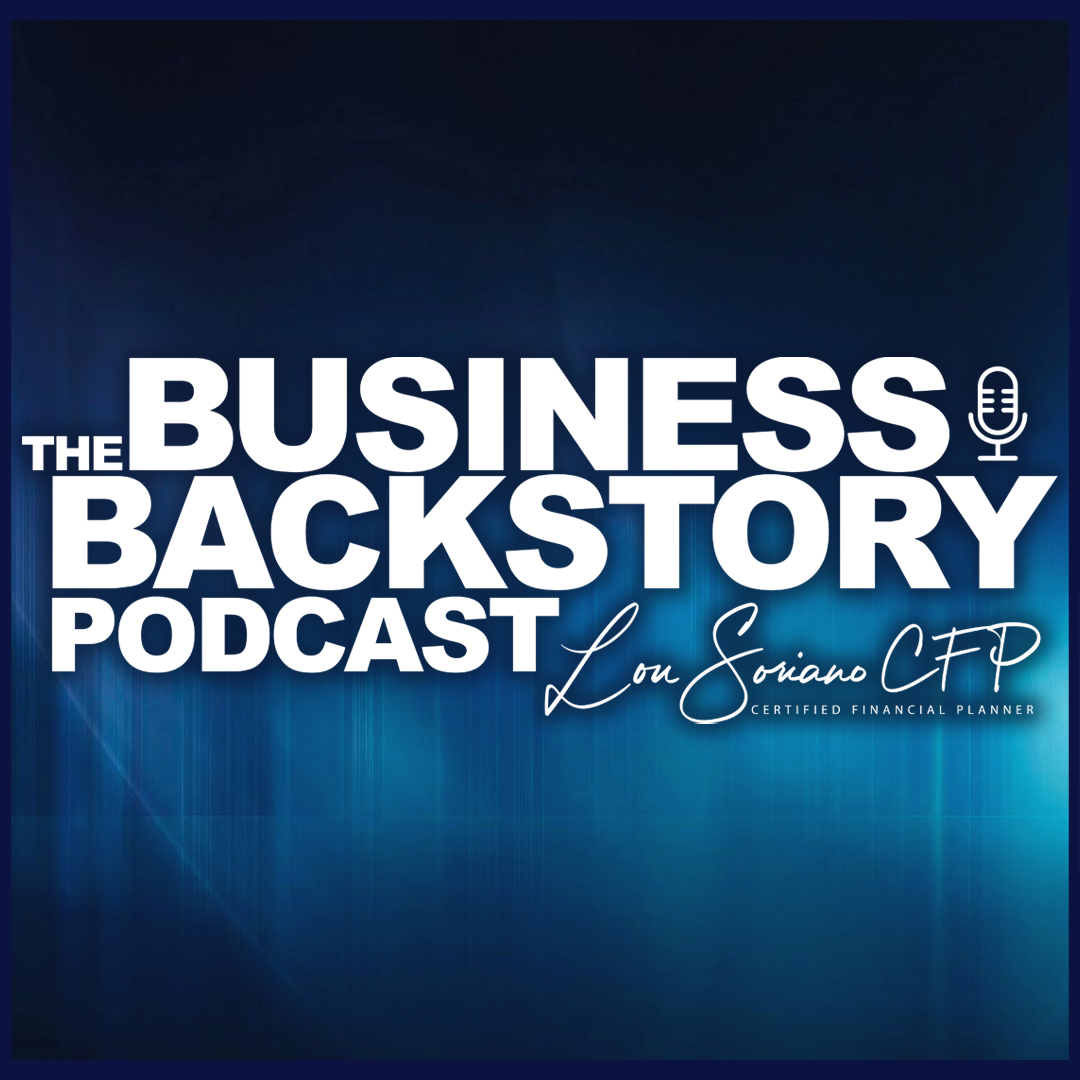
March 2020
4 Min Read
Financing Your Fleet: Is an Open-Ended Lease Right for You?
When it comes to funding a fleet of vehicles, organizations have several choices. They can pay cash, finance or lease vehicles. Most are familiar with the traditional lease offered by dealerships everywhere, but many people are unfamiliar with the concept of an open-ended or TRAC (terminal rental adjustment clause) lease, which can offer organizations major benefits. It’s important to understand the difference between a traditional and open-ended lease to determine which option is right for your fleet.
A traditional lease is an agreement for a fixed number of months and miles. It’s usually appropriate for organizations that need to know the exact cost of the lease upfront, or those whose vehicles don’t experience much wear and tear.
An open-ended (or TRAC) lease agreement offers more flexibility. In fact, there are no mileage restrictions or charges for dents and damages incurred on the vehicle. And in an open-ended lease, most of the fleet operator’s monthly payment is applied to the amount financed, allowing equity to be built over time. At the end of the lease, the vehicle is sold, and the sale proceeds are compared to the remaining book value of the vehicle. Funds in excess of the remaining book value are refunded to the lessee. Since the vehicle’s value at the end of the lease is a critical part of this equation, choosing a lessor with a proven method for achieving the highest resale value is important.
An open-ended lease can be a smart choice for many organizations, but those with the following needs have the most to gain:
High Mileage
Fleets whose vehicles rack up high (more than 15,000 miles per year) or unpredictable mileage can benefit from an open-ended lease. When a fleet exceeds the mileage limit of a traditional lease, the lessee can pay a penalty. But, in an open-ended agreement, unlimited miles are part of the deal.
After-Market Modifications
Many fleet operators require after-market vehicle modifications – from ladder racks for trucks or bin packages for cargo vans, to custom vehicles that perform specific jobs in their industry. In an open-ended agreement, lessees are free to make these modifications, but they also undertake the potential risk or reward when it comes time to sell the vehicles. There are no fees or penalties associated with after-market modifications – the vehicles are sold as is at the end of the lease. And if the modifications increase the value of the vehicles, the lessee can benefit. But if they lessen the value, the lessee takes the hit.
Wear-and-Tear
An open-ended lease is a logical choice for fleets exposed to abnormal wear-and-tear, such as trucks used in construction and contracting. A traditional lease charges the lessee for vehicle damages, but an open-ended agreement typically doesn’t, offering potential cost savings to the operator.
Under the right circumstances, an open-ended lease enables organizations that partner with fleet management providers to optimize their cash flow and avoid mileage and wear-and-tear restrictions, while enjoying the benefits of new, well-maintained vehicles that use cleaner vehicle technology.
Is it the right choice for your fleet?
Decades of experience give Enterprise Fleet Management the industry insight to help customers find the leasing agreement that best meets their needs. And financing is just one part of the value provided to Enterprise customers. Local Enterprise account managers also provide customers with full-service vehicle management, including remarketing expertise gained by selling over a million vehicles annually. Enterprise experts are able to provide optimal exposure through multiple resale channels that can help organizations beat industry benchmarks. In addition, Enterprise’s rapid sale process maximizes an organization’s vehicle value so that more resale equity is returned to them.



















































